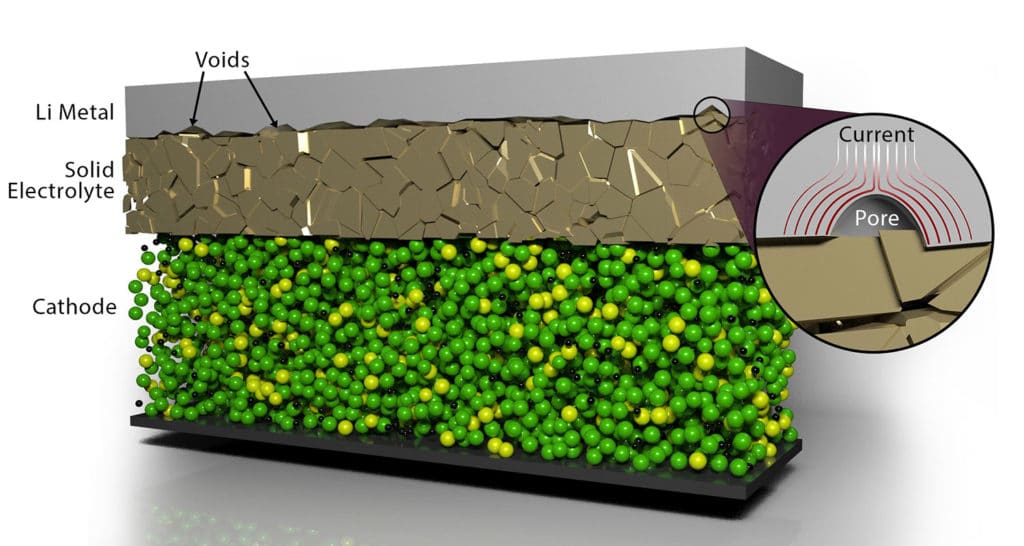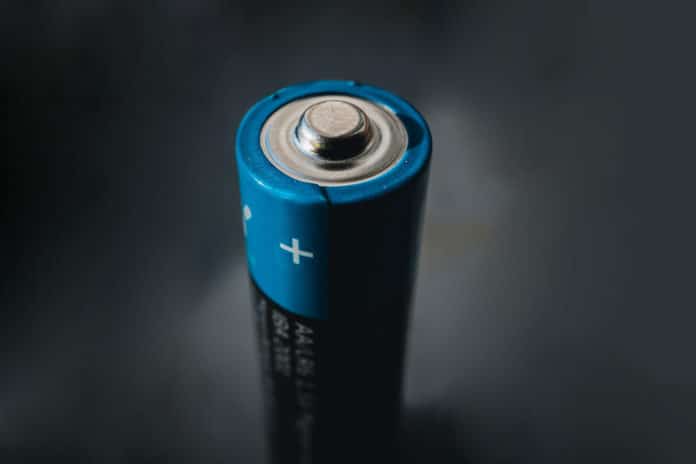Scientists at Oak Ridge National Laboratory (ORNL) have developed a scalable, low-cost electrochemical pulse method to improve the contact between layers of materials in solid-state batteries, resolving one of the big challenges in the commercial development of safe, long-lived energy storage systems. The new technology could pave the way for electric vehicles and smartphones that work much longer with each charge.
One of the challenges in manufacturing solid-state batteries is the difficulty of getting materials to properly join and remain stable during repeated cycles of charging and discharging. This leads to instability in the joints and causes the formation of voids, something known as contact impedance. Applying high pressures is one way to solve this problem, but that process can lead to shorting and would need to be re-applied periodically to extend the battery’s life using an expensive aftermarket application.
ORNL scientists have found that they could eliminate these voids by applying a short, high-voltage electrochemical pulse when joining layers of lithium metal anode material with a solid electrolyte material. These pulses see a current surrounding the lithium metal-encased voids and cause them to dissipate, leading to increased contact at the interface of the materials while resulting in no detrimental effects.

The team repeated experiments and advanced characterization of the materials, which revealed the battery components did not degrade after applying the pulsing method. Since this has no detrimental effect on the battery and pulsing technique can be applied to restore it to nearly its original capacity, scientists imagine that this technology will one day offer a viable way to manage solid-state lithium-metal batteries during operation. They say this type of system can offer twice the energy density of today’s solutions in a much smaller package, which would mean that electric vehicles can travel much further on a single charge or smartphones that work for days.
“This method will enable an all-solid-state architecture without applying an extrinsic force that can damage the cell and is not practical to deploy during the battery’s usage,” said Ilias Belharouak, co-lead on the project and head of the Electrification Section at ORNL. “In the process, we’ve developed, the battery can be manufactured as normal, and then a pulse can be applied to rejuvenate and refresh the interface if the battery becomes fatigued.”
The research is ongoing, including experiments with more advanced electrolyte materials. ORNL’s multidisciplinary energy storage team is also working to scale up its breakthroughs to a working-scale solid-state battery system.
